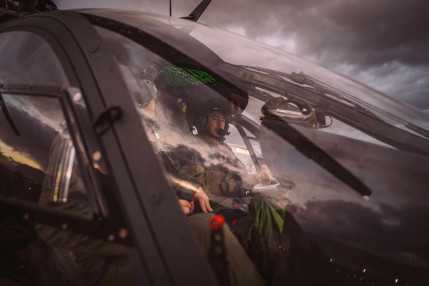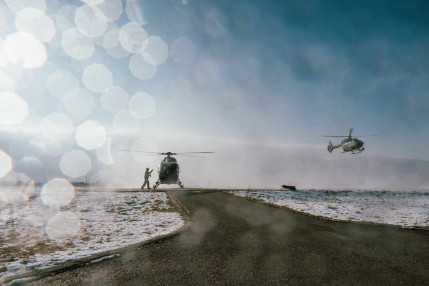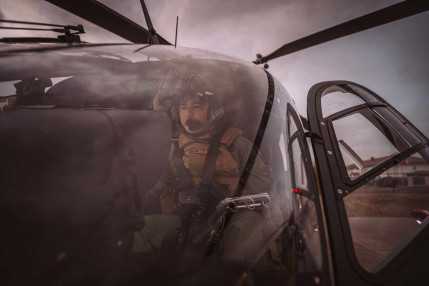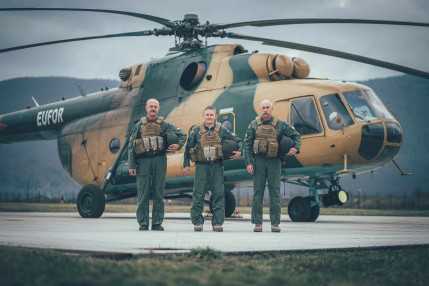Choreography for saving lives
MEDEVAC: A seamless mechanism
Text: Eszter Bányász | Photo: First Lieutenant Barna Koncsek | 15:01 March 18, 2024In 2024, as the lead nation providing the commander of EUFOR, Hungary stood up a team for the Medical Evacuation (MEDEVAC) capability of the mission. We talked with Lieutenant Colonel Attila Dajka, Commander, EUFOR Althea Aviation Detachment and Lieutenant (MD) Dr. Levente Forgács, a doctor of the detachment about the details of pre-deployment training for the mission and the circumstances of service abroad.
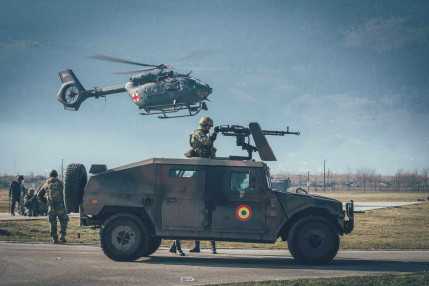
What does the MEDECAC capability consist of?
Attila Dajka: To be precise, the term “Medical Evacuation” designates the capability of land medical evacuation, and what we’re tasked with in EUFOR is its aerial portion, Aeromedical evacuation (AIREVAC). The Aviation Detachment of the mission comprises the helicopter crew – including the pilot and the winch operator, that is, the one responsible for onboard systems –, the aircraft maintenance personnel as well as doctors (flight surgeons) and the paramedics helping them.
Dr. Levente Forgács: During the aeromedical evacuation of EUFOR troops, our duty is to stabilize the soldiers’ condition and provide them with first aid treatment. Depending on the circumstances, we carry it out by landing or winching. Based on international usage, we introduced the term “paramedic” in Hungary, as this concept is used widely around Europe and in the USA. Within the HDF, paramedics are sort of “aide-de-camps” with the primary duty of helping the doctors’ work and servicing them. However, because we’re talking about very well-trained personnel, most colleagues on the mission abroad can themselves deal with emergency cases.
What is the composition of the AIREVAC team? Am I right in supposing that they’re rotation as well?
A. D.: The international designation of our helicopter team is EUFOR Aviation Detachment(AvDet), which consists of two medical teams continuously working in shifts, each consisting of a flight surgeon (doctor) and a paramedic. The air force personnel of the team includes the aircrew, the aircraft maintenance technicians, as well as an administrator. Indeed, we are planning to serve the one-year mission in several rotations, and we won’t be present here simultaneously, because the aircrews and the aviation technicians always rotate out every three months, while the medical team may rotate even on a monthly basis, which depends on the domestic tasks to a large extent as well.
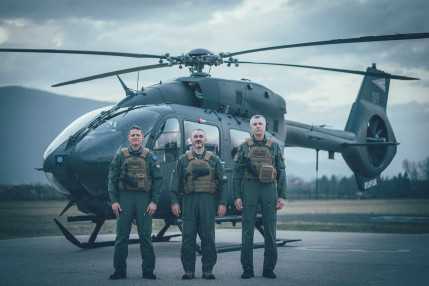
What kind of aircraft do you use to perform your tasks?
A.D.: Basically, we use H145M helicopters specifically equipped for this task. Among others, they contain the medical equipment prepared by the doctors, stretchers, as well as a winch mechanism, which enables us to treat and evacuate casualties without landing if necessary. Let me add that the Hungarian Air Force is participating in EUFOR Operation Althea with three aircraft, two H145M and a Mi-17 helicopter. Of course, in a Mass Casualty (MASCAL) event, we’d be able to deploy all three aircraft with other doctors serving in the camp on board, but the other two helicopters are basically prepared only to fly transport missions.
L. F.: Here’s where the paramedics’ preparedness has significance again, since in a similar situation, despite the small size of our team, we could split up to treat several casualties simultaneously.
How does civilian aeromedical evacuation differ from its military counterpart?
L. F.: The civilians’ helicopter is smaller, as they use the H135 type, and don’t have any winches. The treatment itself, however, is based on the same rules, so they were involved in our preparation and gave us help with it.
A.D.: Another significant difference is that they don’t work by night, while we’re also ready to scramble by night, and accordingly have all the equipment – for example, night vision capability – needed for performing the given task.
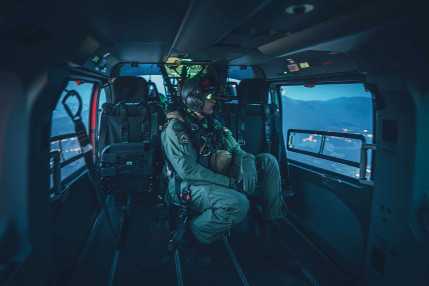
What were the most important stages in your preparation?
A.D.: Let me note here that we’ve always had MEDEVAC and AIREVAC capabilities, since we needed them earlier, for example, during blasts carried out on firing ranges and other dangerous activities performed by EOD technicians. However, we started to gain experience for this mission on EUFOR’s own Exercise Quick Response 2022, which was conducted with the explicit objective of preparing us for the challenges of our one-year tour of duty here. From that point on, the pre-deployment training was continuously going on in Hungary and abroad, as we also had mountain training exercises in Croatia, and also participated in Exercise Quick Response 2023. Nearing the date of departure for the mission, the medical personnel more than once visited us at the Szolnok helicopter base so that we can practice winching as well, because it had not been needed during earlier exercises.
Was there anything that posed an especially great challenge?
A.D.: To achieve cohesion and become a close-knit team, since we know how to fly, the medical personnel know how to treat the injured and save lives, but the most difficult task was to connect these two fields and establish common procedures so that we can understand each other very well, even when communicating without words, with the use of signals. However, the fact that some of the military doctors abroad also work in the field of civilian aeromedical evacuation in Hungary is a huge advantage.
L. F.: Learning and getting used to these signals was an entirely new experience to us. In addition to what we signal, it is also important when we do it, and we must also pay attention to make sure that the signal is large enough so that those on board can exactly see what we want. Besides, another challenge was to learn winching, since it requires great circumspection to properly and safely hook the patient and ourselves. This is when the most significant similarity between the two professions comes to our help: we often need to hurry, but we must never panic.
A. D.: The movement used for rotating the winched-up doctor and the stretcher into the passenger compartment of the helicopter is also very complicated and special, and its execution always shows professionalism. The whole process has a nice choreography…
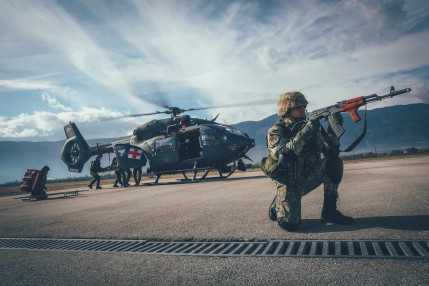
When do things get to the point where your professionalism is needed?
A.D.: In two cases: if the casualty cannot be accessed on land, or if the situation is so serious or urgent that it makes AIREVAC necessary. There is at least one such soldier in every team who has a certain level of medical proficiency, that is, combat life saver (CLS) qualification. If a given case goes beyond his competency, a doctor is needed on the spot no matter what.
L. F.: In the case of patients in serious condition or time-critical diagnoses, one can have health gain by alerting us at any rate. In the present instance, it is important to mention the winch capacity, too, because it has been established in a fashion that we don’t have to make any compromises, we can get all our equipment to the patient in the case of winching as well.
How do you ascertain of the security of the terrain in the area of operations?
A.D.: There are a lot of mines even nowadays in Bosnia and Herzegovina. The Austrian EUFOR Aviation Detachment serving before us had prepared a catalogue of the landing zones that are regularly checked by the Hungarian EOD team of EUFOR, so they can be said to be safe. We can land the helicopter exclusively in these zones, or on metaled roads in the event of a possible road traffic accident. If all else fails, we can also land in areas showing the signs of agricultural activities, but it is a risky endeavor. The catalogue includes quite many zones, so you can surely find one in a five-kilometer circle.

Are there such battlefield injuries that occur most commonly?
A.D.: This is considered a peaceful country without any combat action, so it is not characterized by the gunshot wound that most frequently occurs on the battlefield. It is much more probable that hikers who get injured on mountainous terrain will need our help. In these cases, which are about civilians, it is the local authorities that receive the alert call and it is from them that the COMEUFOR receives an official request to provide assistance.
L.F.: We primarily prepare for internal medicine and trauma injuries. Among the latter, one can distinguish isolated traumas such as a gunshot wound from polytraumas such as a blast injury. With regard to these, we expect to find more than one wound areas with multiple shrapnel wounds.
Have you already conducted any real-world scrambles since you are abroad?
A.D.: Not yet, but the system is working very well, like a completely seamless mechanism, so to speak. I’m fully convinced that in the proper circumstances, all actions will be successful with this team.
L. F.: Our set goal is to represent the high level of Hungarian aeromedical evacuation in the area of operations as well and complement it with military specifics. That’s why we’ve participated in several training programs and almost continuously maintain a 100 percent readiness level through exercises here, in the area of operations.
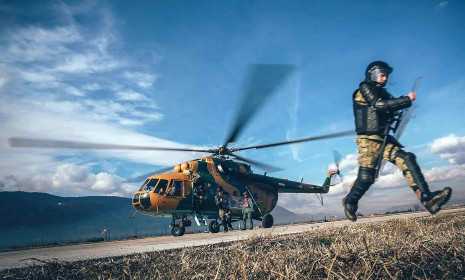
Finally, would you please tell me what this mission means to you?
A.D.: As for myself, I was looking for challenges in it for the most part, which is true of every tour of duty abroad. I have many ties to aeromedical evacuation, having participated in several live sorties in Hungary as well. I find it rather intriguing that you can save someone’s life with the use of an aircraft. Besides, I very much like the special beauty in cooperating with other nations in international environments, as the task execution is somehow more flexible and smoother in them.
L.F.: From a medical point of view, the situation is a bit different, since the personnel undergo very strict screenings before their service in foreign missions, so we have much less work to do than working as doctors in an ICU in Hungary. Therefore, we are basically all healthy, but independently of that, we must continuously be prepared for a sudden injury or illness, so it is very important not to abandon practice. From another angle, it is very interesting to hear the foreign colleagues say how the health care system works in other armies or in the civilian life, and we can learn a lot of lessons from their accounts. The time spent in the EUFOR Aviation Detachment in Bosnia and Herzegovina will be very useful during later operations as well.
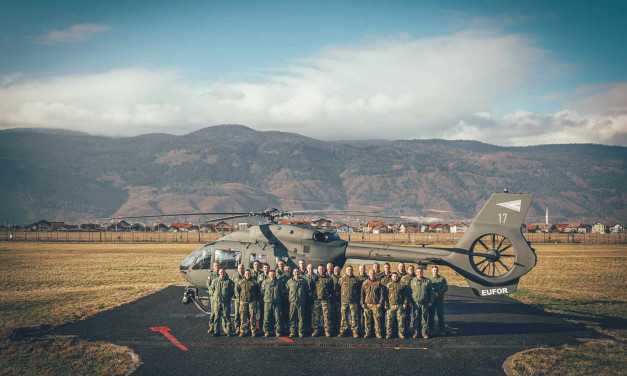
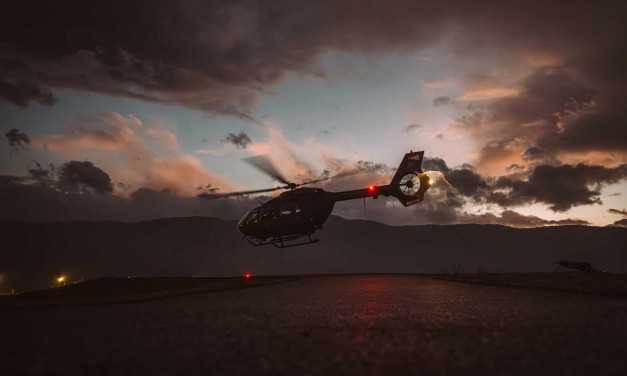



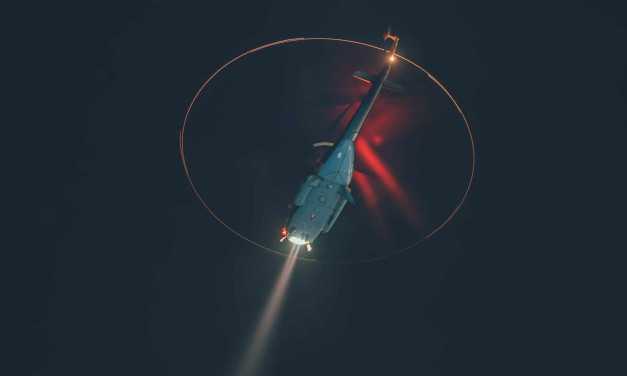

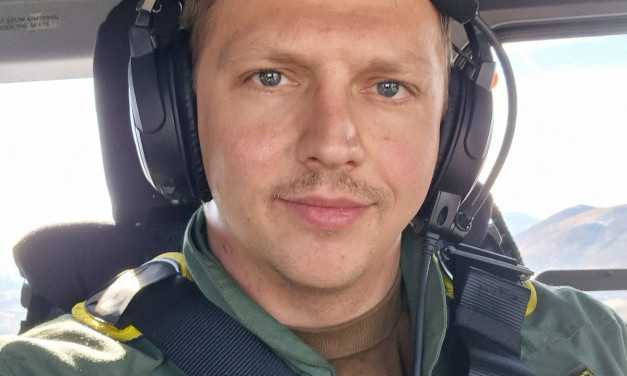

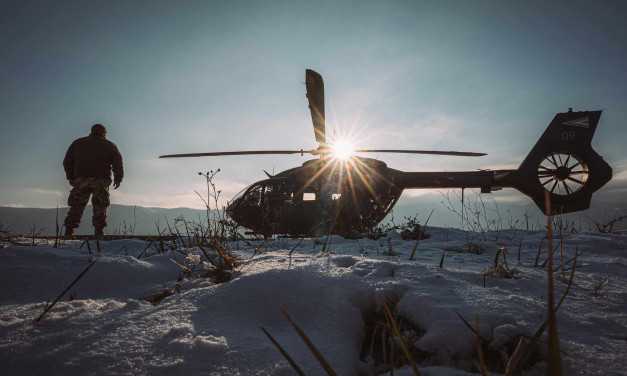
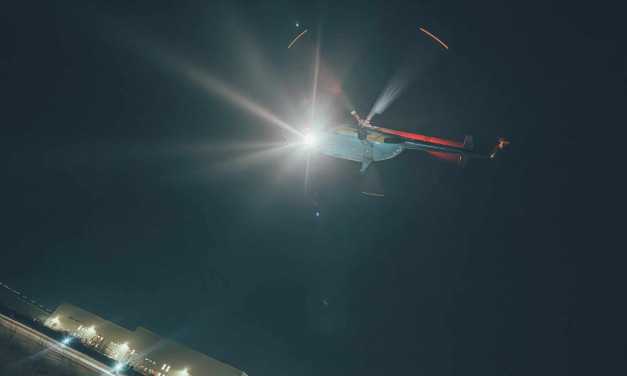

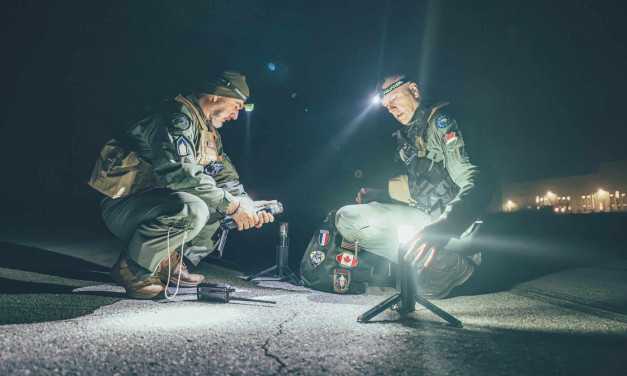
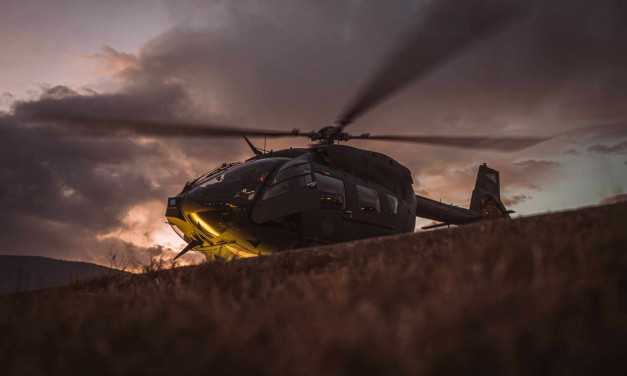

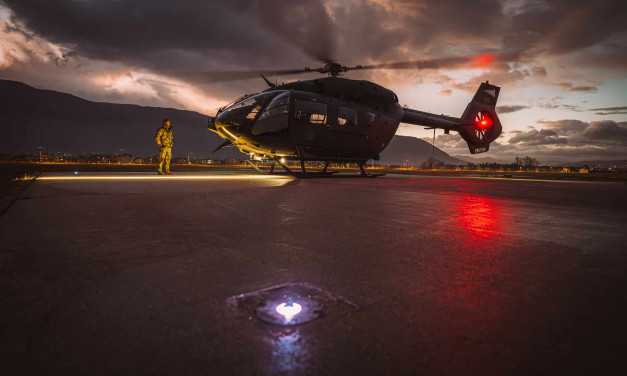
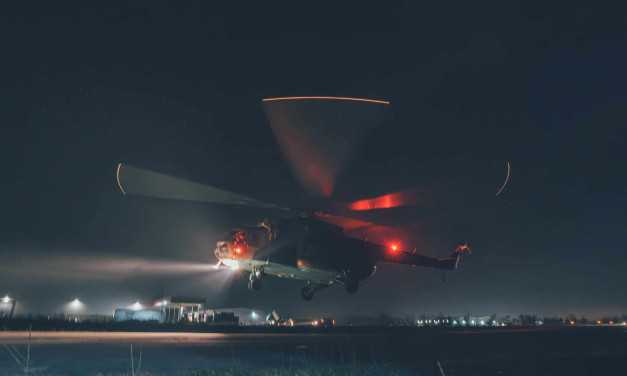




Major General László Sticz takes over command of EUFOR Althea Mission
11:32 February 1, 2024
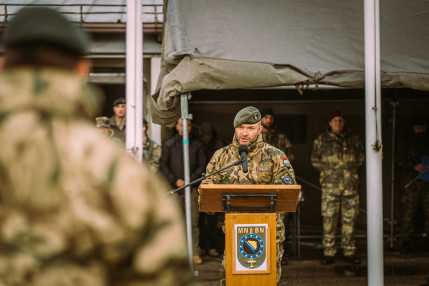
EUFOR Commander’s year: Multinational Battalion under Hungarian command
15:05 February 26, 2024


